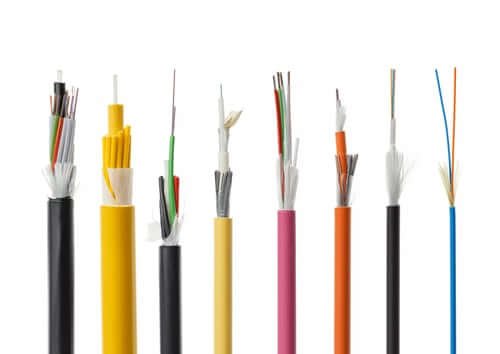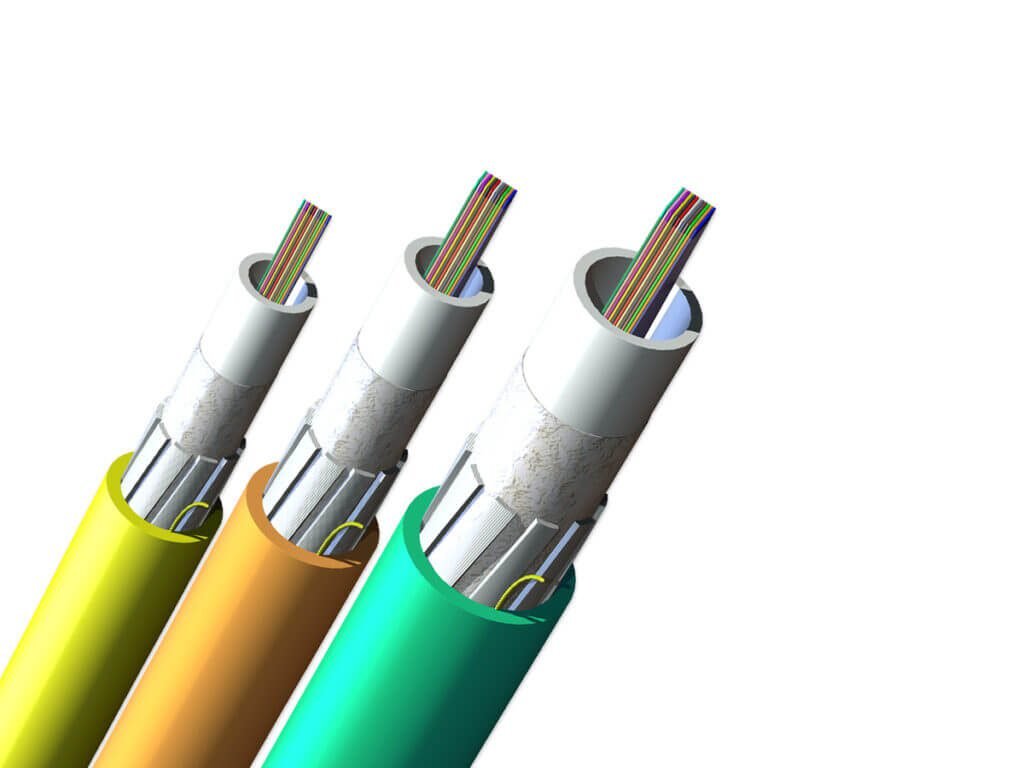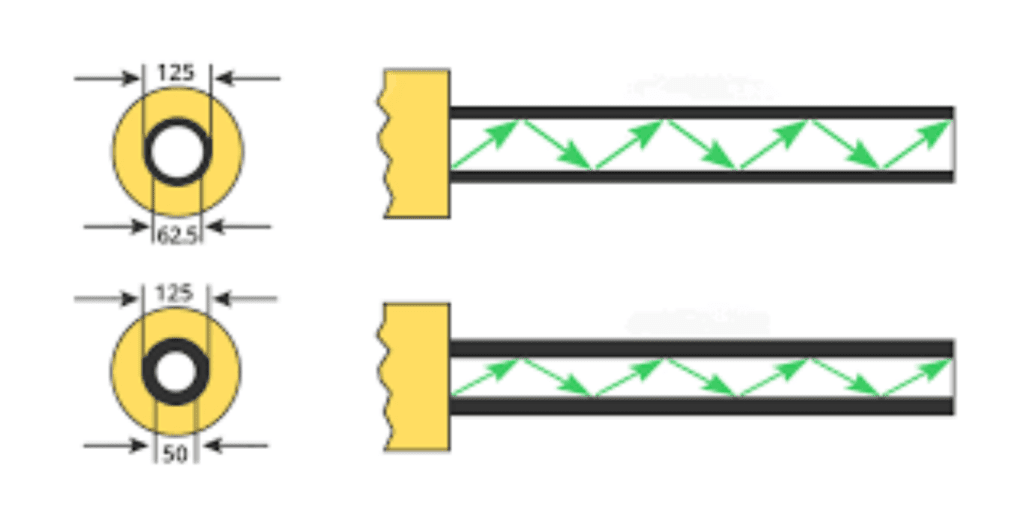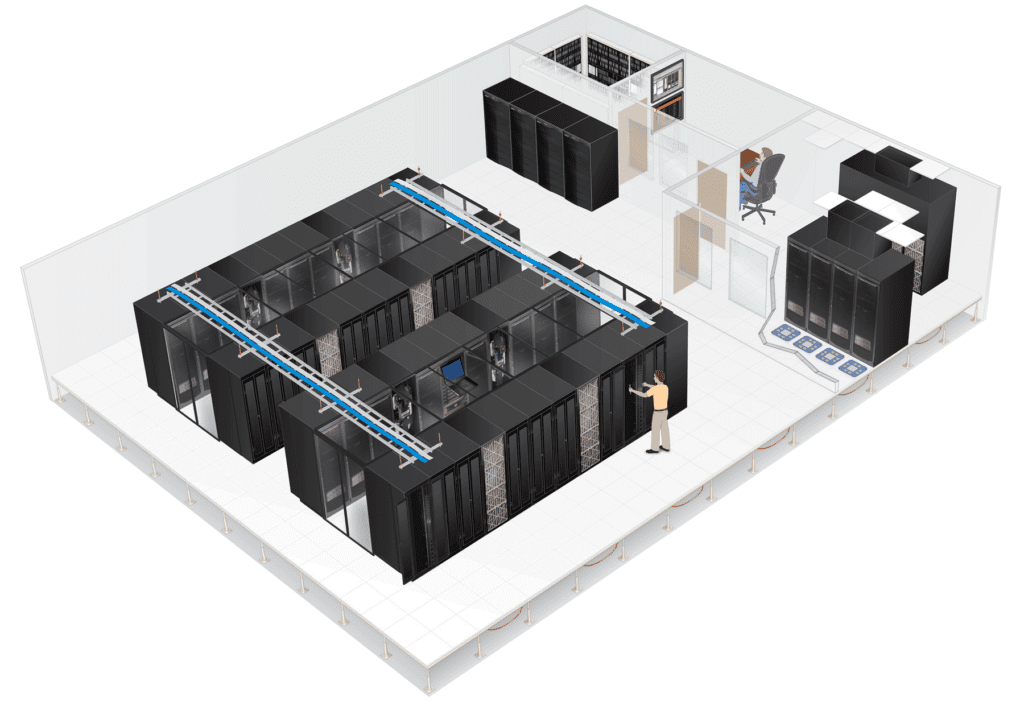What are the key performance parameters of multimode fiber optic cables?

Many engineers struggle to understand multimode fiber performance. This confusion leads to poor network decisions and wasted budgets. I will clarify these parameters, so you can select the right fiber and ensure stable, cost-effective, and high-quality connectivity.
Multimode fiber optic cables differ in core size, bandwidth, and attenuation. Parameters like OM3 vs. OM4 performance1, attenuation coefficients2, bandwidth factors, and core diameter all shape performance. By understanding these parameters, you can deploy reliable, high-speed LANs and ensure efficient data transmission over short to medium distances.
I recall guiding a project manager in the United States through selecting the right multimode fibers for a busy data center. He felt overwhelmed by technical jargon and conflicting specs. After clarifying parameters like OM3 vs. OM4 differences and the meaning of bandwidth and attenuation, we found the perfect fit. He streamlined his network, reduced downtime, and improved performance. Let’s unpack these parameters and help you do the same for your own projects.
What are the main differences in performance between OM3 and OM4 multimode fibers?
When I first encountered OM3 and OM4, I noticed many clients confused about their differences. Both serve high-speed networks, but OM4 offers even stronger performance at extended distances and higher data rates. Let’s break down how OM3 and OM4 vary and why it matters for your LAN deployments.
OM3 supports 10Gb/s over about 300 meters at 850 nm, while OM4 extends that to 10Gb/s at about 550 meters. OM4 also supports higher bandwidth (up to 4700 MHz·km) at 850 nm. For long-reach, high-speed LAN applications, OM4 provides a more robust solution than OM3.

I remember working with a client in Spain who managed telecommunications projects for a large group. They asked whether upgrading from OM3 to OM4 would justify the cost. After explaining the performance gains, longer reach at 10GbE, and readiness for future upgrades, they chose OM4. Later, they thanked me because they avoided re-cabling when bandwidth demands increased.
Comparing OM3 and OM4 at a Glance
| Parameter | OM3 | OM4 |
|---|---|---|
| Core Size | 50 µm | 50 µm |
| Bandwidth (850 nm EMB) | ≥2000 MHz·km | ≥4700 MHz·km |
| Distance @10Gb/s (850 nm) | ~300 m | ~550 m |
| Typical Applications | Medium data center links | Higher-speed, longer links |
Why OM4 Might Be Worth It
- Future-proofing: OM4 supports higher bandwidth, meaning you can migrate to 40GbE or 100GbE without replacing fiber.
- Longer Reach: Over 300 m distances, OM4 delivers stronger performance.
- Lower Upgrade Costs: Investing in OM4 reduces the need for frequent network overhauls.
How does the attenuation coefficient affect the performance of multimode fiber cables?
Attenuation, or signal loss per kilometer, shapes how far you can transmit data without losing integrity. Even in short-distance LANs, poor attenuation management can compromise performance. By understanding attenuation coefficients, you can ensure stable signals, reduce the need for repeaters, and maintain cost-effective installations.
A lower attenuation coefficient means less signal loss. For OM3/OM4 fibers, typical attenuation is about 3.0 dB/km at 850 nm. Reducing attenuation helps maintain signal quality over longer distances, supports higher data rates, and ensures network reliability.

During a project in Africa, a client needed stable LAN links. After reviewing the attenuation specs, they realized modern OM3/OM4 fibers maintain low loss, making their installation simpler and more reliable.
Understanding Attenuation
Attenuation is measured in dB/km and varies with wavelength. Modern manufacturing ensures consistently low attenuation, while clean connectors and proper installation minimize loss.
What factors influence the bandwidth of multimode fiber optic cables?
Bandwidth determines how much data your fiber can carry. In multimode fibers, factors like modal dispersion, core geometry, and laser-optimized fibers3 all influence bandwidth. Understanding these factors allows you to choose the right fiber and design networks that deliver the speeds your users demand.
Bandwidth in multimode fibers depends on modal dispersion, the uniformity of the core, and the quality of laser-optimized fiber. OM3 and OM4 use these optimizations to reduce modal dispersion, enabling higher bandwidths and supporting up to 10GbE, 40GbE, and even 100GbE over certain distances.

I recall an engineering manager in the U.S. who had legacy OM1 fibers and struggled to support higher speeds. After switching to OM3/OM4, with their laser-optimized design, bandwidth increased, and the network delivered more consistent high-speed performance.
How does the core diameter impact the transmission capabilities of multimode fibers?
Core diameter is central to multimode fiber’s identity. Unlike single-mode fibers with tiny cores, multimode’s 50 µm core allows multiple modes. This larger core simplifies coupling to simpler light sources like VCSEL4 transceivers but can introduce modal dispersion. Understanding this balance guides you in selecting the right fiber type.
A larger core diameter allows the use of cost-effective VCSELs, making multimode ideal for short to medium distances in LANs. While modal dispersion is higher than single-mode, OM3/OM4 fibers minimize it through optimized refractive profiles, balancing simplicity with strong performance.
I once explained to a Brazilian client that while single-mode fibers offer unlimited distance, they cost more at the transceiver level. For shorter LAN distances, multimode’s cheaper, simpler approach often wins.
What are the typical applications for multimode fiber in local area networks?
Multimode fiber shines in local area networks where distances are modest but speeds are high. Corporate campuses, data centers, and enterprise wiring closets often rely on multimode. By reviewing LAN applications5 and distance guidelines, you can decide if multimode matches your environment and performance requirements.
Multimode fibers (OM3/OM4) excel in data centers, campus environments, and enterprise networks. They connect switches, servers, and storage with 10GbE, 40GbE, and 100GbE over short to medium distances, balancing cost and performance.

A U.S. data center client I worked with chose OM4 to connect server racks, distribution frames, and core switches. As demand grew, the fiber supported higher speeds without costly re-cabling.
Conclusion
Selecting the right multimode fiber cables for local area networks involves understanding OM3 vs. OM4, attenuation, bandwidth, and core diameter. OM4’s higher bandwidth and longer reach at high data rates can future-proof your network. Low attenuation ensures stable signals, while laser-optimized designs enhance bandwidth.
For shorter LAN distances, multimode fibers offer a cost-effective balance of performance and simplicity. By focusing on these parameters, you can build efficient networks that scale with your business needs.
At Aimit Communication (Shenzhen) CO., LTD, I, Sophie Wang (sophie@aimifiber.com), can guide you in selecting the right multimode fiber solutions. Our AIMIFIBER brand, OEM/ODM services, and expertise ensure you make informed choices. Whether you need data center connectivity or campus backbones, understanding these parameters leads to future-proof, reliable networks.
This resource helps verify official OM3/OM4 specs and industry standards, ensuring you pick the right fiber type for your high-speed LAN requirements. ↩
This resource provides standard attenuation benchmarks and maintenance tips for multimode cables, ensuring reduced signal loss and stable high-speed connections. ↩
This resource explains how laser-optimization enhances bandwidth in OM3/OM4 fibers, enabling stable, high-speed links and future-proofing your LAN infrastructure. ↩
This resource clarifies the role of VCSELs in multimode systems, showing how they reduce costs, simplify deployment, and maintain reliable performance at high speeds. ↩
This resource outlines typical LAN use cases and distances for OM3/OM4, helping you match fiber specifications to your project’s real-world needs. ↩








